The Nissan Altima is one of many popular sedans in the mid-sized family car market in the United States, competing with the Subaru Legacy, Subaru Outback, Ford Fusion, Volkswagen Jetta, Honda Accord, Volkswagen Passat, and Toyota Camry. Parents choose it because it’s one of the more affordable options in its class, and provides a good amount of space, a decent amount of reliability, and a more stylish look than that offered by many of its competitors.
I borrowed a few Nissan Altimas this week and brought out my favorite car seats to see how flexible the back seat was when it came to 3 across installations. Before digging into the results, it’s worth talking about some of the basic tenets of car seat safety.
First of all, aim for rear-facing. This is required by law from birth, but too many parents stop doing so after a year, when most states allow you to start forward-facing. Rear-facing remains safer throughout childhood and into adulthood, but until that’s a possibility, I recommend doing it at least until the preschool years (ideally until 4!), and then forward-facing in a harness for as long as you can (ideally until 8!), and then boostering until your child is ready to pass the 5-step test and use an adult seat belt and seat (which typically happens between 10 and 12). Keeping your child restrained in the previous system for as long as possible before advancing to a newer system will keep him or her safer in all kinds of collisions.
However, in order to put that information to use, you’re going to need some information on which car seats will and won’t work in your particular vehicle. Here’s what I’ve found works in a Nissan Altima across a range of years. It’s my goal to make this the most complete list on the Internet, and I’ll keep adding updates on seats that do and don’t work as I try them.
You can check out the complete 3 across guide for every vehicle here and the complete list of recommended seats here. The Canadian recommended car seat list is here. 3 across car seat images are courtesy of Wikipedia.
2013, 2014, 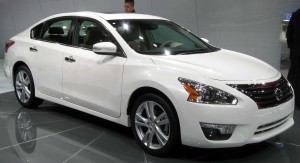 2015, 2016, 2017 Nissan Altima (L33)
2015, 2016, 2017 Nissan Altima (L33)
Guaranteed 3 across installations:
Clek Fllo (x3).
Clek Foonf (x3).
Chicco KeyFit 30 (x3).
Diono Radian RXT (x3).
Diono Radian R120 (x3).
Diono Radian R100 (x3).
Combi Coccoro (x3).
Britax Boulevard ClickTight, Diono Radian / RXT, Combi Coccoro.
Britax Boulevard G4.1, Diono Radian / RXT, Combi Coccoro.
Britax Boulevard G4, Diono Radian / RXT, Combi Coccoro.
Britax Marathon ClickTight, Diono Radian / RXT, Combi Coccoro.
Britax Marathon G4.1, Diono Radian / RXT, Combi Coccoro.
Britax Marathon G4, Diono Radian / RXT, Combi Coccoro.
Britax Pavilion G4, Diono Radian / RXT, Combi Coccoro.
Chicco KeyFit 30, Clek Foonf, Chicco KeyFit 30.
Chicco KeyFit 30, Clek Fllo, Chicco KeyFit 30.
Diono Radian / RXT, Chicco KeyFit 30, Diono Radian / RXT.
Diono Radian / RXT, Combi Coccoro, Diono Radian / RXT.
Tips and Tricks:
The current generation of the Nissan Altima is 191 inches long and 72 inches wide, making it a very prototypical example of the average mid-sized family sedan on the market today. As a result, barring any strange design elements within the Altima, such as overlapping seat belts or an extremely narrow middle seat, there’s no reason why you shouldn’t be able to fit a wide range of car seats into it. As usual, using the seat belt system will help you puzzle significantly more seats in 3 across configurations than will the LATCH system.
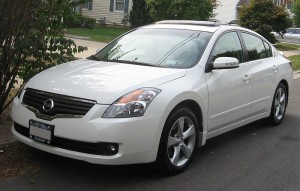 2007, 2008, 2009, 2010, 2011, 2012 Nissan Altima (L32A)
2007, 2008, 2009, 2010, 2011, 2012 Nissan Altima (L32A)
Guaranteed 3 across installations:
Clek Fllo (x3).
Clek Foonf (x3).
Combi Coccoro (x3).
Chicco KeyFit 30, Clek Foonf, Chicco KeyFit 30.
Chicco KeyFit 30, Clek Fllo, Chicco KeyFit 30.
Diono Radian / RXT, Chicco KeyFit 30, Diono Radian / RXT.
Diono Radian / RXT, Combi Coccoro, Diono Radian / RXT.
Tips and Tricks:
The 2007-2012 generation of the Nissan Altima is 190-191 inches long and 71 inches wide, which is almost exactly the same as the current generation. The coupe is several inches shorter, but it’s not a 3-across-capable vehicle, so this doesn’t matter too much.
Given the similarities in the dimensions of this Altima to the 2013 generation, you’ll be able to fit many of the same car seats in both; you’ll just have to work a bit harder for it in the 2007-2012 Altima. As usual, using the seat belt system will help you puzzle significantly more seats in 3 across configurations than will the LATCH system.
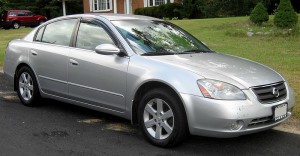 2002, 2003, 2004, 2005, 2006 Nissan Altima (L31)
2002, 2003, 2004, 2005, 2006 Nissan Altima (L31)
Guaranteed 3 across installations:
Clek Fllo (x3).
Clek Foonf (x3).
Combi Coccoro (x3).
Chicco KeyFit 30, Clek Foonf, Chicco KeyFit 30.
Chicco KeyFit 30, Clek Fllo, Chicco KeyFit 30.
Diono Radian / RXT, Chicco KeyFit 30, Diono Radian / RXT.
Diono Radian / RXT, Combi Coccoro, Diono Radian / RXT.
Tips and Tricks:
The 2002-2006 generation of the Nissan Altima is 192 inches long and 70 inches wide, which is almost exactly the same as the generation that succeeds it.
Given the similarities in the dimensions of this Altima to the 2007 generation, you’ll be able to fit many of the same car seats in both; you’ll just have to work a bit harder for it in the 2002-2006 Altima. As usual, using the seat belt system will help you puzzle significantly more seats in 3 across configurations than will the LATCH system.
—
If you find the information on car safety, recommended car seats, and car seat reviews on this car seat blog helpful, you can shop through this Amazon link for any purchases, car seat-related or not. Canadians can shop through this link for Canadian purchases.

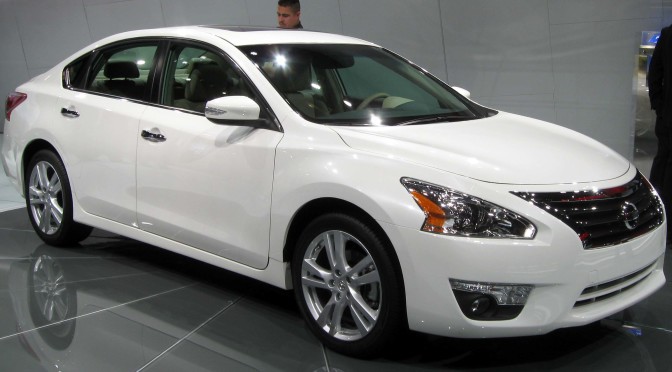

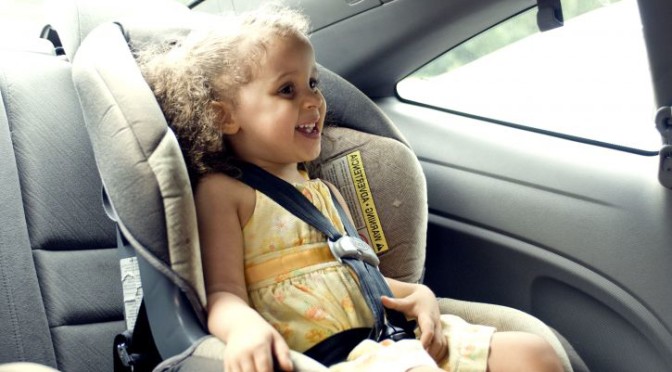
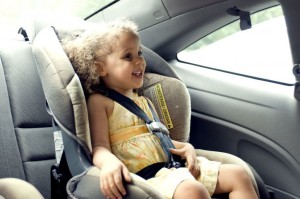
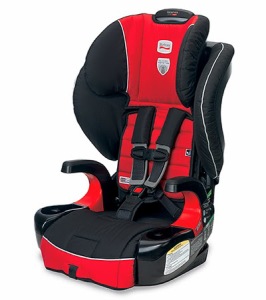
 If you find my information on best practices in car and car seat safety helpful, you can
If you find my information on best practices in car and car seat safety helpful, you can 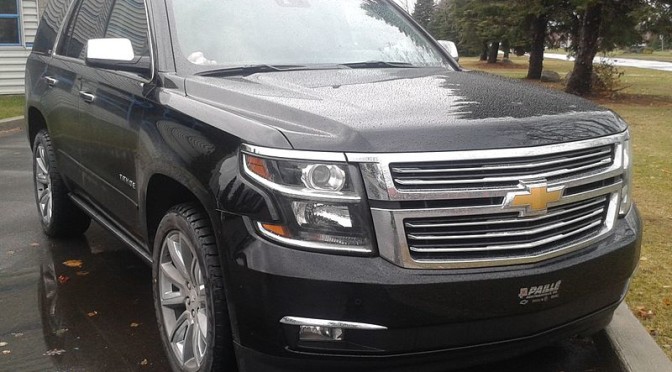
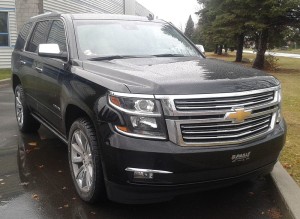 2015 Chevrolet Tahoe (GMT K2UC/G)
2015 Chevrolet Tahoe (GMT K2UC/G)
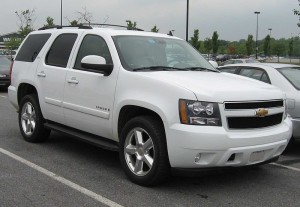 2007, 2008, 2009, 2010, 2011, 2012, 2013, 2014 Chevrolet Tahoe (GMT900)
2007, 2008, 2009, 2010, 2011, 2012, 2013, 2014 Chevrolet Tahoe (GMT900)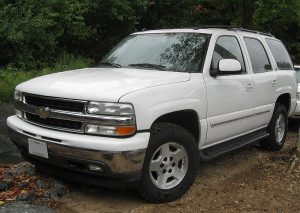 2001, 2002, 2003, 2004, 2005 Chevrolet Tahoe (GMT800)
2001, 2002, 2003, 2004, 2005 Chevrolet Tahoe (GMT800)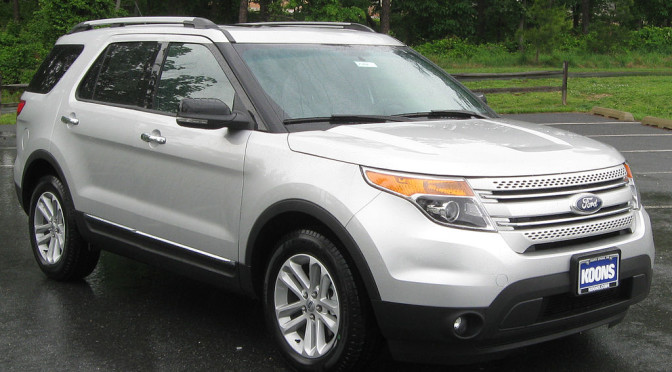
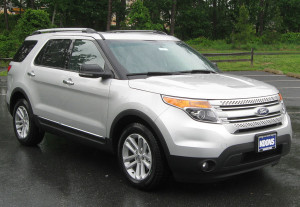 2011, 2012, 2013, 2014, 2015, 2016, 2017 Ford Explorer (U502)
2011, 2012, 2013, 2014, 2015, 2016, 2017 Ford Explorer (U502)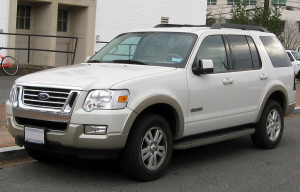 2006, 2007, 2008, 2009, 2010 Ford Explorer (U251)
2006, 2007, 2008, 2009, 2010 Ford Explorer (U251)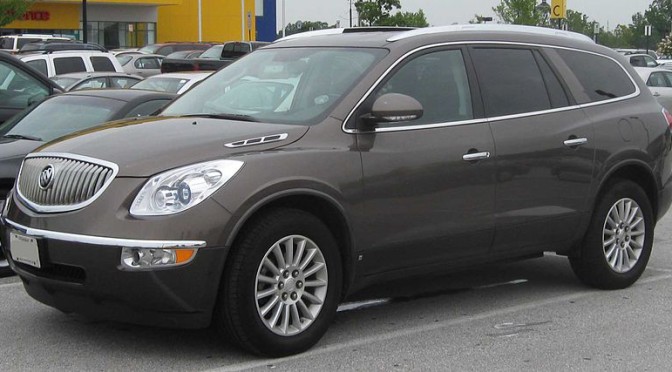
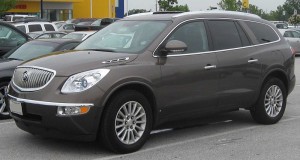 2007, 2008, 2009, 2010, 2011, 2012, 2013, 2014, 2015 Buick Enclave
2007, 2008, 2009, 2010, 2011, 2012, 2013, 2014, 2015 Buick Enclave